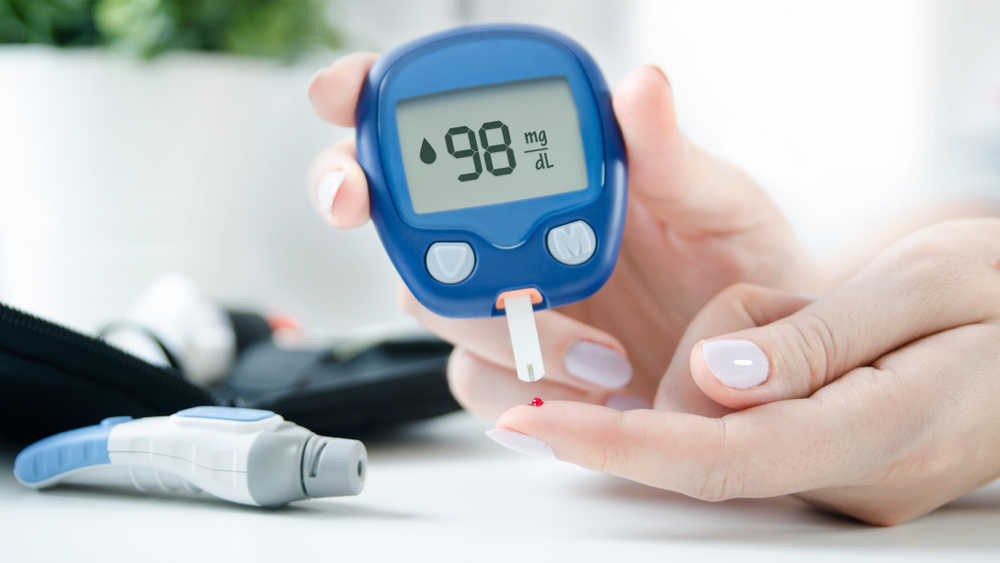About 10 per cent of the Indian population has diabetes. Once considered a disease of the prosperous, middle-aged diaspora, the patient profile is changing. Teenagers, students and young professionals are increasingly being diagnosed. Some have the typical symptoms of increased appetite, thirst and frequent urination. In others, diabetes is picked up incidentally during routine check-ups.
To check blood sugar levels, you can get tested after fasting overnight, two hours after a meal or for glycosylated haemoglobin, which shows a three-month value.
Diabetes can be controlled but, unlike infectious diseases, it cannot be cured. The exception is gestational diabetes, which often disappears after childbirth. In patients with good control, medication can be reduced or stopped but diet and exercise have to continue. The mainstay of diabetic control is diet. It should consistently be 1,500-1,800 calories. Carbohydrates, fats and proteins should be in a 60:20:20 ratio. There should be 4-6 helpings of fresh fruits and vegetables. Processed foods and transfat-filled snacks, even salty, should be avoided.
Aim for five to six small meals a day: breakfast, an 11am snack, lunch, an evening snack and if dinner is eaten early, a bedtime snack. The calorific value of Indian food is available on the Internet. After a few weeks of calculating calories sincerely, most people can do it by heart. Meals should be taken on time, avoiding prolonged periods of fasting.
A diabetic’s diet needs to be supported with 150 minutes of aerobic activity a week. It can be walking, running, swimming or cycling, followed by stretches to prevent soreness, pain and malalignment of muscles.
Medication should be started only if diet and exercise fail to control the blood sugars. It should be taken on time in the correct dose. Do not self-medicate or increase or decrease the dose. The adjustment has to be under medical supervision. Supplements are not a substitute for diabetic medication.
Hypoglycaemia or low sugars can occur if meals are skipped or delayed, there is a sudden increase in activity or during an illness. There are a variety of symptoms such as headache, blurred vision, jitteriness and sleepiness. One may become irritable and develop an irregular heartbeat. If unrecognised and untreated, it can lead to loss of consciousness.·To tackle it, give a tablespoon of sugar.
High blood sugars or hyperglycaemia can occur because of increased food consumption, decreased activity, medication such as steroids and not taking the correct dose. It can lead to coma. Long-standing untreated hyperglycaemia can affect the heart, kidneys, eyes and peripheral nerves.
It may happen that within a few months or years of diabetes being diagnosed, the lipid profile gets deranged and high BP sets in. Regular check-ups should be done.
The writer is a paediatrician with a family practice at Vellore and the author of Staying Healthy in Modern India.
If you have any questions on health issues please write to yourhealthgm@yahoo.co.in










